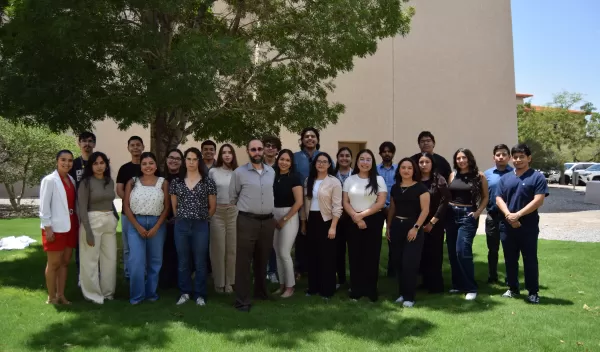
Making strides in understanding decision making
Decisions, decisions. Life is full of decisions, from what to have for breakfast to where to work. To make each one, a series of mechanisms in the brain must be engaged. Understanding those mechanisms is an important area of neuroscience. To help make research findings more applicable to how humans make decisions day-to-day, a new framework for researching this matter has been developed by NSF-supported neuroscientists at The University of Texas at El Paso.
Decision-making experiments generally involve monitoring how animals with similar brain biology to humans make decisions in the lab. These experiments often lack naturalistic components and tend to rely on food or water restrictions to drive decision-making. This limits the transferability of their outcomes to humans in the real world.
The new framework, called RECORD, allows for testing without food or water restrictions, thus exposing a greater breadth in decision-making processes and increasing translatable potential. The system integrates 3D-printed arenas, custom electronics, and software and can be reproduced with limited costs, making it affordable for many labs.
Notably, the development of RECORD involved 31 individuals who are currently or have begun the work as undergraduate students, with the vast majority being from backgrounds underrepresented in STEM.
"Not only is this innovative science, but it shows how NSF investments can help broaden participation in STEM and foster new ideas that help move research forward," said Edda Thiels, NSF program director in the Directorate for Biological Sciences, which funded the work through a Faculty Early Career Development Program award that also supported the undergraduate involvement.
